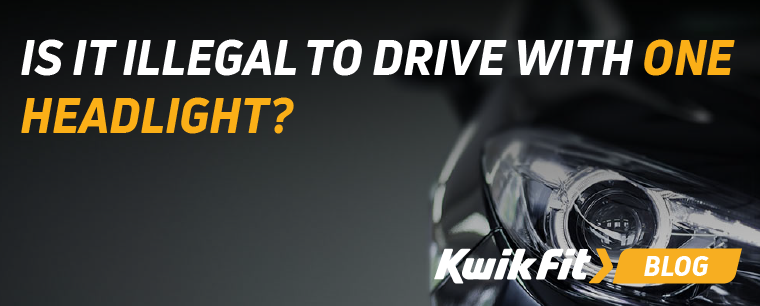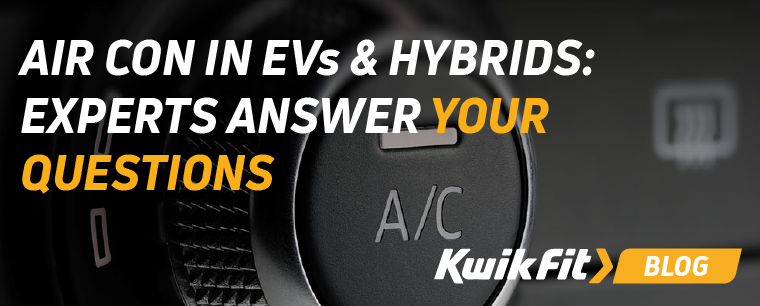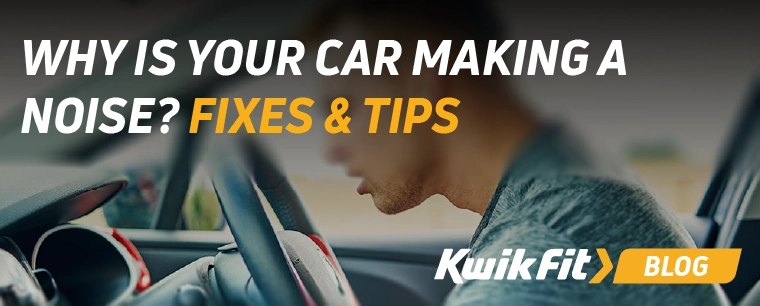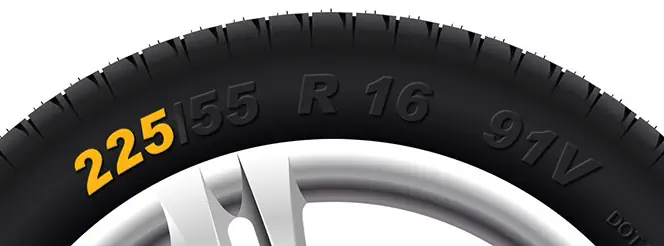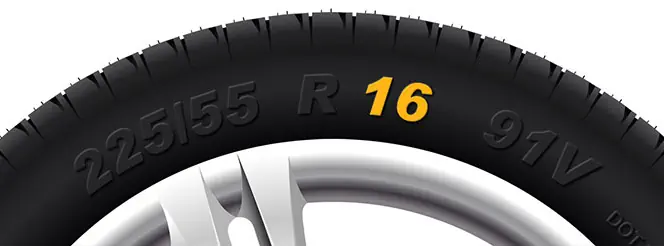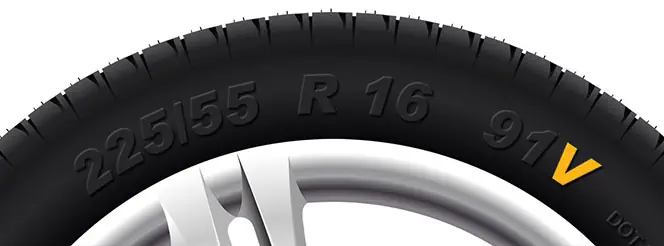How To Drive Safely Around Speed Bumps
Jessica Bird | Thursday 21st August 2025 9:12am
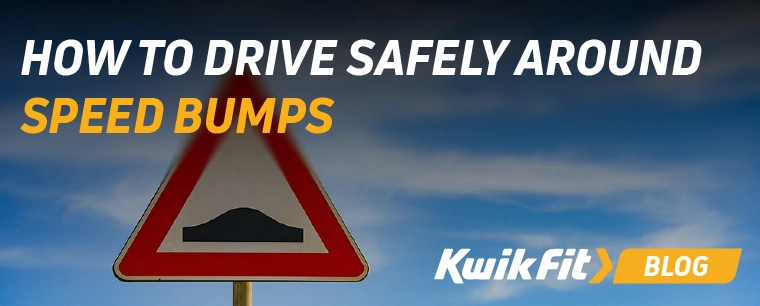
Speed bumps might seem like an inconvenience on your daily drive, but theyíre there for an important reason. Their purpose is to keep roads safe by slowing vehicles down, typically focusing on high-risk areas such as residential streets, roads near schools, and hospital entrances. However, hitting a speed bump too fast or at the wrong angle can do more than just make you jump: it can cause serious damage to your suspension and tyres.
In this quick-read guide, weíll break down why speed bumps are important for road safety, how they can damage your car if approached incorrectly, and the best techniques for navigating them smoothly.
Why do we have speed bumps?
Speed bumps have been around since the early 1900s, with early records showing a form of speed bump appearing in New Jersey in 1906 as a way to slow down fast-moving motorcars. However, it wasnít until the early 80s that they made an appearance in the UK. Since then, theyíve become a familiar sight on roads around the world, with the goal of controlling vehicle speed, improving pedestrian safety, and reducing the risk of accidents.
Youíll typically find speed bumps in places where itís particularly important to protect vulnerable road users, just as near schools, public buildings, or in heavy residential areas. By forcing drivers to slow down, speed bumps help create safer environments for all road users.
How to approach speed bumps safely
Speed bumps require awareness and control. By approaching them correctly, youíll protect your car from unnecessary damage, ensure a safer ride for everyone in the car, and protect other road users. Hereís how to handle approaching speed bumps:
Step 1: Spot speed bumps early
Look for advanced warning signs, such as road markings, and always keep an eye on the road ahead, so that youíre not caught off guard or forced to react quickly. Preparation is key.
Step 2: Gradually reduce your speed
When you see a speed bump in the road ahead, ease off the accelerator and brake gently where necessary to avoid a harsh impact. Hard braking at the last minute can affect your carís balance, cause a stronger impact, and potentially cause other road users to be surprised by your sudden change of speed, increasing the likelihood of an accident.
Step 3: Keep your wheels straight
Ensure that you drive directly over the centre of the speed bump, with your wheels facing forwards, so that you continue in a straight line within your lane. Turning the steering wheel while youíre crossing over a bump can place additional stress on your suspension.
Step 4: Maintain a steady speed
Adjust your speed based on the size and height of the bump (although many advise that 5-10 mph is a good baseline for ensuring safety for you and your car). Remember to go slower for taller or sharper bumps, or if your car has particularly low clearance, in order to help minimise damage.
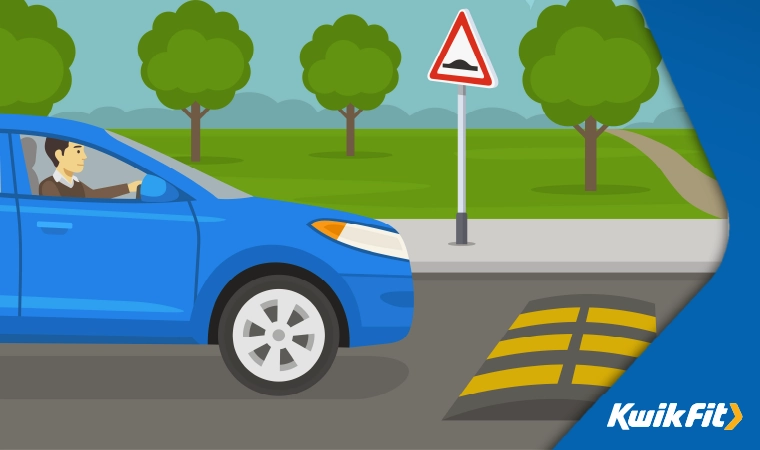
Tips for low clearance or heavy vehicles
Low-clearance cars, like sporty models, as well as vehicles that are carrying heavy loads, are much more prone to bottoming out on speed bumps. This happens when there is less space between the underside of the car and the road surface, making it easier for the suspension to compress fully and the undercarriage to hit the bump. This impact can easily lead to scrapes, exhaust damage, or even misalignment issues, particularly over a prolonged period of time.
If youíre worried about the low clearance on your car, or need to make journeys with a boot packed full of heavy items, you can protect your vehicle when driving over speed bumps by:
Approaching at a slight angle (if safe and road space allows)
Taking the bump at a very slight angle can help to spread the impact across the suspension and potentially prevent the underside from striking the bump. If possible, try and get one wheel to go over the bump at a time - but space wonít always allow for this, and you should always ensure youíre staying in your lane.
Reduce your speed even more
If youíre in a low clearance or heavy vehicle, you should lower your speed below the typical 5Ė10 mph guidance. Moving as slowly as possible reduces suspension compression and makes the impact less aggressive.
Avoid harsh acceleration immediately after crossing
Accelerating too quickly can cause the rear suspension to dip, risking additional scrapes or damage, particularly if youíve got a fully-loaded car boot.
If your car feels unusually low or scrapes often, get your suspension checked at Kwik Fit as something may be exacerbating issues.
The dangers oof hitting speed bumps badly
Driving over speed bumps at excessive speeds can cause damage to your suspension system, leading to worn or broken shocks, struts, and control arms. Over time, this can cause poor handling, uneven tyre wear, and noticeably impact the overall ride.
But itís not just your suspension you have to worry about: your tyres and wheels are also at risk. The impact of a speed bump can cause sidewall bulges or even punctures, bent rims, slow air leaks, or steering misalignment.
Low-clearance or heavily loaded vehicles are especially vulnerable to damage of this nature. When your carís undercarriage scrapes against the road, it can also cause damage to the exhaust system, fuel lines, or other components tucked beneath your car. Itís easy to write off this kind of contact as simply noisy and uncomfortable, but it can in fact, result in costly repairs and long-term damage to your vehicle.
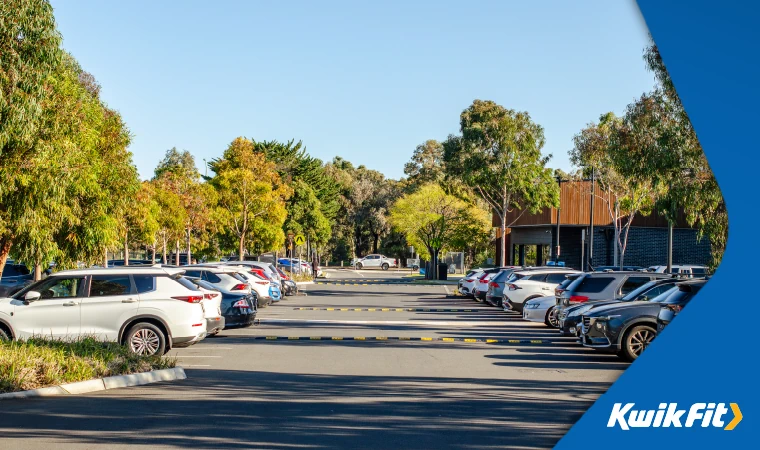
Should you check your car after hitting a speed bump?
Even the most careful drivers can misjudge a speed bump every now and then. If you think youíve hit a bump too quickly or you heard your car bottom out, itís important to check for signs of damage as soon as possible. Listen out for unusual noises, such as knocking, squeaking, or rattling sounds, as these could indicate that your shocks, struts, or other suspension components have been damaged.
Inspect underneath your car for any leaking fluids, and pay attention to your steering; if your car starts pulling to one side, it could signify alignment issues or that your suspension has been compromised. Finally, feel for vibrations in your steering wheel or through your seat, as these could suggest potential tyre damage.
Look after your car with Kwik Fit
Slowing down for speed bumps isnít just about keeping your car in good shape - itís about keeping you, your passengers, and pedestrians safe. By approaching speed bumps with caution, youíll avoid costly repairs and reduce the risk of accidents.
Regular maintenance of your tyres and suspension is key to a safe, comfortable ride, so donít hesitate to book a check-up and pop into your local centre if youíre worried about any damage you might have caused going over speed bumps.
Any facts, figures and prices shown in our blog articles are correct at time of publication.
Featured Articles
Is it Illegal to Drive With One Headlight?
Saturday 19th July 2025
Wondering if itís illegal to drive with one headlight? Learn about the safety risks and penalties of illegal blown bulbs and why you should fix them promptly.
Air Con in EVs & Hybrids: Experts Answer Your Questions
Monday 30th June 2025
Does air con drain EV batteries? Can you use the air con while charging an electric car? Find out the answers to these questions & more from Kwik Fitís experts.
Why Is Your Car Making a Noise? Fixes & Tips
Friday 13th June 2025
When your car starts making unexpected noises, it can certainly be quite disconcerting; it may be nothing to worry about, but hereís what you need to know.


